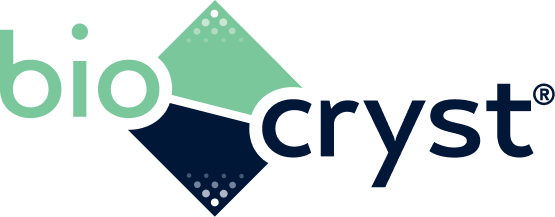Summary of the Stock Incentive Plan
The principal provisions of the Stock Incentive Plan, including
(unless otherwise noted) the terms of the Share Increase, are summarized below. This summary is not complete and is qualified in its entirety by the terms of the Stock Incentive Plan attached as Annex A
to this Proxy Statement.
Equity Incentive Programs
The Stock Incentive Plan consists of three separate equity
incentive programs:
|
•
|
the Discretionary Option Grant Program;
|
|
•
|
the Stock Issuance Program; and
|
|
•
|
the Director Grant Program for non-employee Board members.
|
The principal features of each program are described below. The
Compensation Committee or, in the absence of the Compensation Committee, another properly constituted committee of the Board, or the Board itself, has the authority to administer the equity incentive programs under the Stock Incentive Plan, and
also has the authority to make grants under these programs to all eligible individuals. The Compensation Committee may by resolution authorize one or more officers of the Company to perform any or all things that the Compensation Committee is
authorized and empowered to do or perform under the Stock Incentive Plan, and for all purposes under the Stock Incentive Plan, such officer or officers shall be treated as the Compensation Committee.
The term “plan administrator,” as used in this summary, means, as
applicable, the Compensation Committee, another properly constituted committee of the Board, the Board, or one or more officers of the Company, to the extent that any of them is acting within the scope of its administrative jurisdiction under
the Stock Incentive Plan.
Share Reserve
As of April 17, 2023, an aggregate of 56,090,000 shares of Common
Stock have been reserved for issuance over the term of the Stock Incentive Plan, without giving effect to the Share Increase proposed under the terms of this proposal. The total number of shares available under the Stock Incentive Plan as of
April 17, 2023, without giving effect to the Share Increase proposed under the terms of this proposal, is 38,925,731. This amount consists of 34,245,351 shares reserved for awards already granted and 4,680,380 shares of Common Stock currently
available for future issuance under the Stock Incentive Plan. Approval of the Share Increase will increase the number of shares available for issuance under the Stock Incentive Plan by 7,000,000 shares.
The shares of Common Stock issuable under the Stock Incentive Plan
may be drawn from shares of our authorized but unissued Common Stock or from shares of Common Stock reacquired by us, including shares repurchased on the open market.
No individual may receive options or other awards under the Stock
Incentive Plan exceeding 1,500,000 shares in the aggregate in any calendar year.
In the event any change is made to the outstanding shares of
Common Stock by reason of any recapitalization, stock dividend, stock split, combination of shares, exchange of shares or other change in corporate structure effected without our receipt of consideration, appropriate adjustments will be made to
the securities issuable (in the aggregate and per participant) under the Stock Incentive Plan, the securities in effect under each outstanding option and stock issuance, and where applicable, the option exercise price per share.
Eligibility
Officers and employees, non-employee Board members and independent
consultants in our service or the service of our parents or subsidiaries, whether now existing or subsequently established, are eligible to participate in the Discretionary Option Grant Program and the Stock Issuance Program. Non-employee
members of the Board are also eligible to participate in the Director Grant Program.
As of April 17, 2023, 5 executive officers, approximately 566
other employees, and 10 non-employee Board members were eligible to participate in the Discretionary Option Grant Program and the Stock Issuance Program. Our 10 non-employee Board members were also eligible to participate in the Director Grant
Program.







